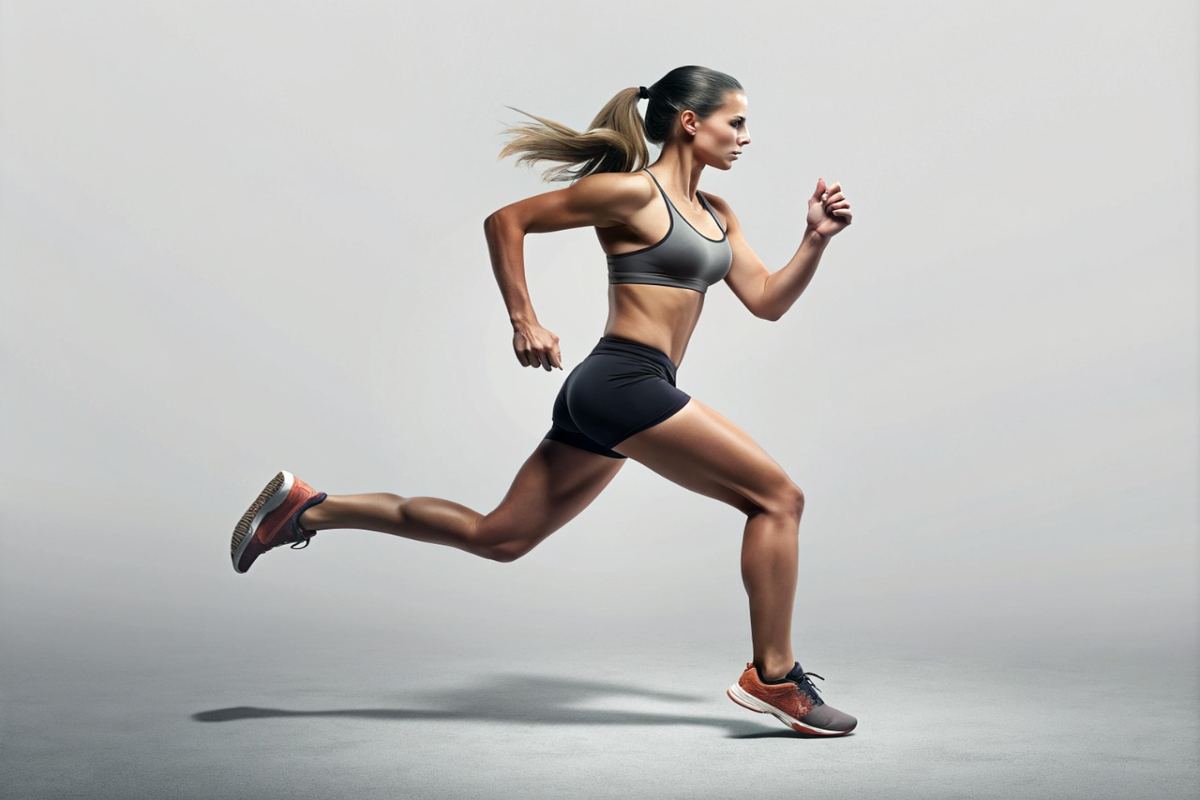Athletics Physical Culture means competitive sports and games that need physical skill. It also includes the educational systems that prepare athletes for peak performance. Athletic contests focus on stamina, fitness, and skill. These are the foundations of many popular sports. Other categories include motorsports, precision sports, extreme sports, and animal-based sports.
Table of Contents
Different Types of Training Methods for Athletes
Sports training means preparing for performance. It builds strength, endurance, and confidence while improving skills. Choosing the right method can be tricky. Athletes have different body types, metabolisms, and ages. Test different methods, track your progress, and stick with what works best.
The Role of Mental Training in Athletics
-
Mental Training for Athletes
-
Mindset in Sports
-
Psychology of Athletic Performance
-
Mental Strength in Athletics
-
Focus and Sports Success
-
Training the Athlete’s Mind
-
Mental Edge for Athletes
-
Mind Power in Sports
-
Cognitive Training for Athletes
-
Mental Skills in Athletics
Here are some proven training models:
1. Continuous Training
This method involves sustained exercise without breaks. Athletes maintain their heart rate at 60–80% during the session. This helps boost their cardiovascular and respiratory systems.
Great for building endurance.
Helps with activities like marathons, swimming, cycling, or triathlons.
Sessions usually last 20–30 minutes.
2. Fartlek Training
“Fartlek” means “speed play” in Swedish. It combines continuous training with interval-style intensity changes. Athletes switch speed or terrain, training both aerobic and anaerobic systems.
Build stamina and speed.
Increased flexibility in racing strategies.
Useful for distance runners, team sports, and marathon athletes.
3. Circuit Training
Circuit training combines endurance, resistance, and aerobic exercises in sequence. It works many muscle groups in one session.
Improves strength and stamina.
Boosts metabolism.
Breaks the workout monotony by adding variety.
4. Interval Training
This method alternates between high-intensity exercise and rest periods. It pushes the body to adapt and recover in a short time.
Saves time with efficient sessions.
Increased speed and recovery rates.
Reduces the risk of overtraining by mixing intensity levels.
5. Flexibility / Mobility Training
Flexibility training improves the range of motion in joints and muscles. Stretching before and after workouts reduces injury risk.
Crucial for sports like gymnastics and dance.
Supports warm-ups before heavy training.
6. Weight Training
Weight training strengthens muscles and bones using dumbbells, bars, or machines.
Build muscle strength and size.
Prevents bone loss and supports bone growth.
Weight choice depends on repetitions: heavier for fewer reps, lighter for more.
7. Plyometric Training
Plyometrics, or jump training, uses explosive movements to boost power. Exercises include push-ups with claps, box jumps, and bounding drills.
Improves sprinting and jumping.
Popular among martial artists, sprinters, and volleyball players.
8. Speed, Agility, and Quickness (SAQ) Training
SAQ training enhances coordination and reaction speed. It reprograms the neuromuscular system to perform quick, multidirectional movements.
Common in professional sports; it is also useful for beginners.
Includes sprints, high knees, mini hurdles, and agility ring drills.
Core Principles of Athletic Training
-
Key Training Principles
-
Basics of Athletic Training
-
Training Fundamentals
-
Essential Workout Principles
-
Core Rules for Athletes
-
Athletic Training Basics
-
Training Essentials
-
Principles for Peak Performance
-
Fundamentals of Fitness Training
-
Athlete’s Core Guidelines
Basis of Sports Training
-
Training focuses on several key areas:
-
Physical – Building motor skills and stamina.
-
Technical – Learning specific sports skills.
-
Tactical – Developing strategies for competition.
-
Psychological – Improving focus, confidence, and mental strength.
-
Structure of Sports Performance
-
Sports performance depends on measurable elements.
-
Somatic – Body composition and physical traits.
-
Fitness – endurance, strength, speed, and flexibility.
-
Technical – Skill execution.
-
Tactical – decision-making and strategy.
-
Psychological – mental toughness and discipline.
Conclusion
Regular sports training keeps you active and healthy. It prevents lifestyle diseases like obesity, heart problems, diabetes, and arthritis. Beyond physical health, sports build discipline, confidence, punctuality, and teamwork. Choosing the right training methods can boost your performance. This helps you live a healthier and more balanced life.

